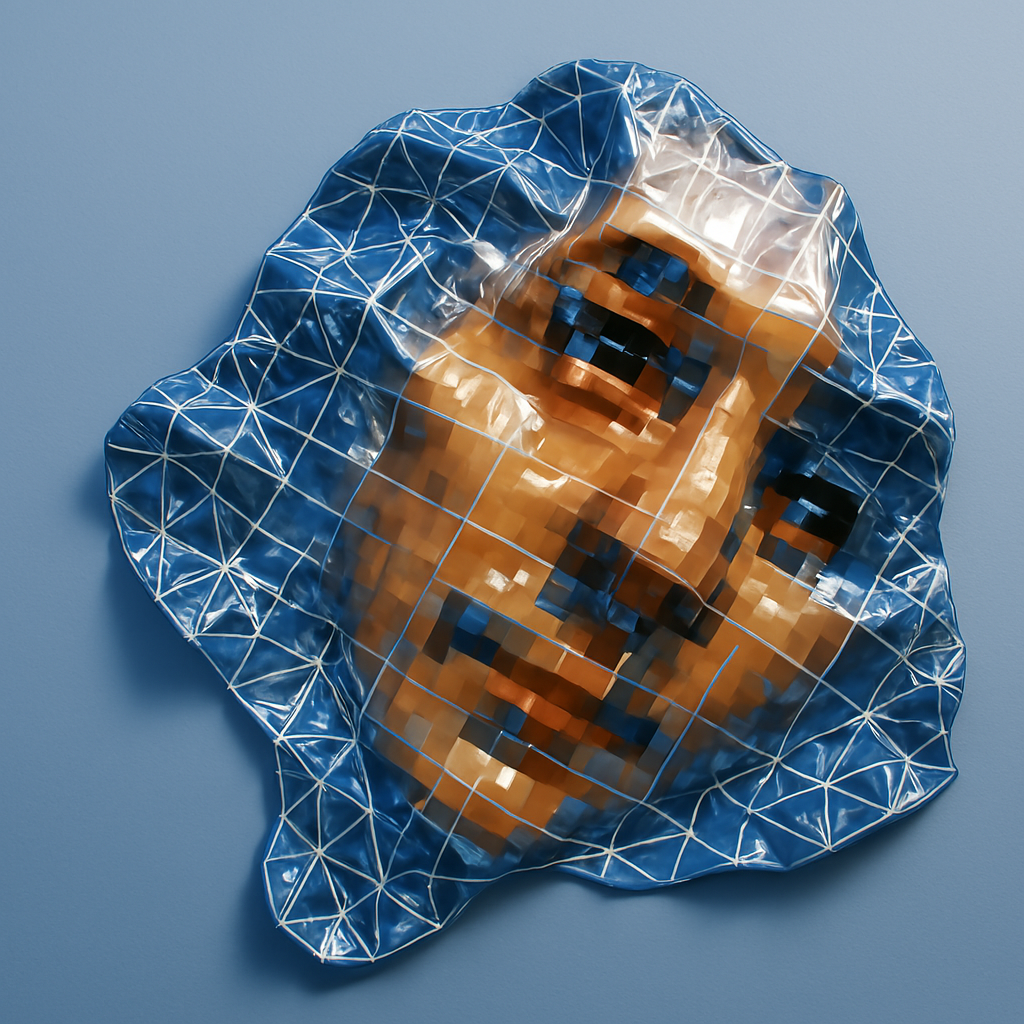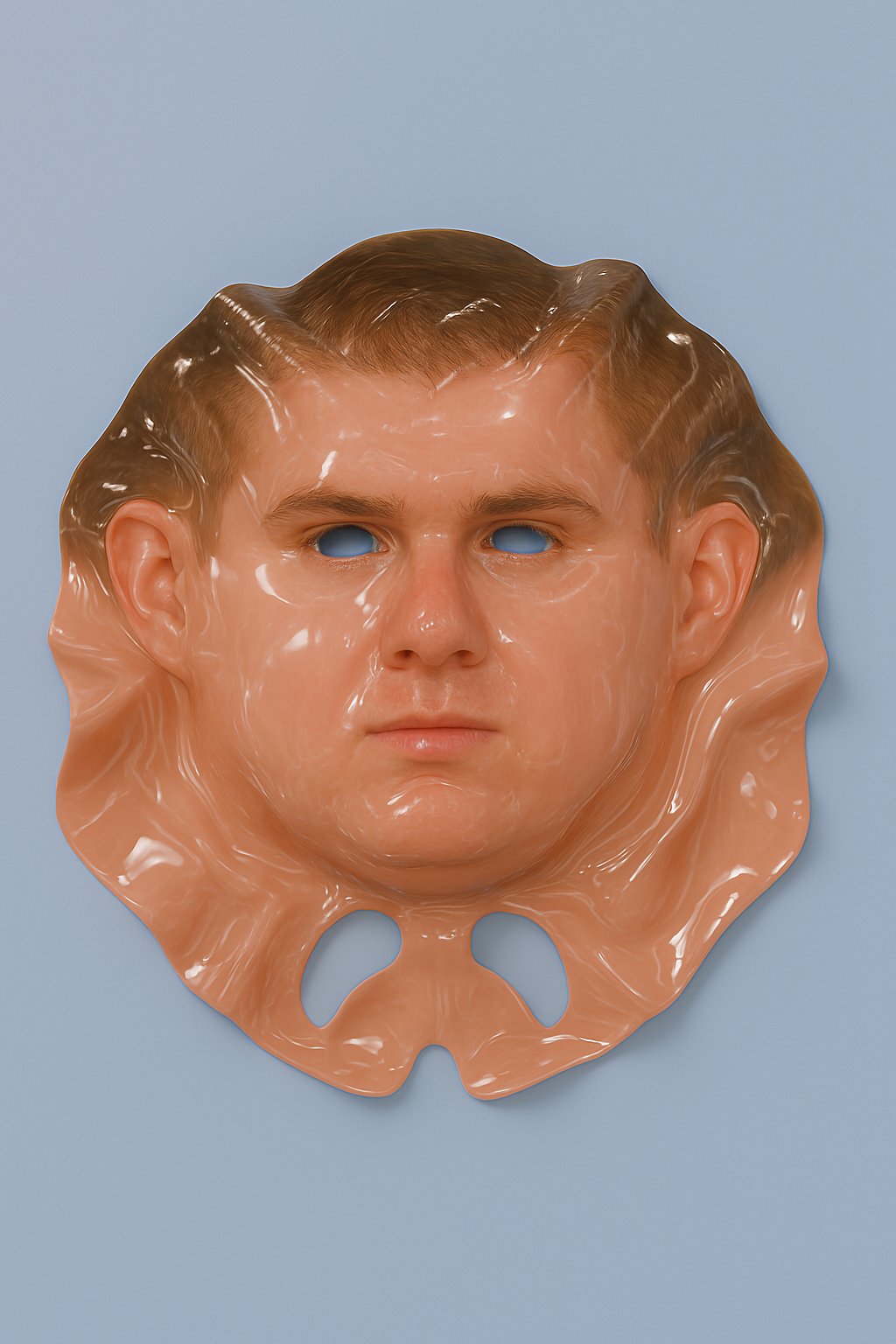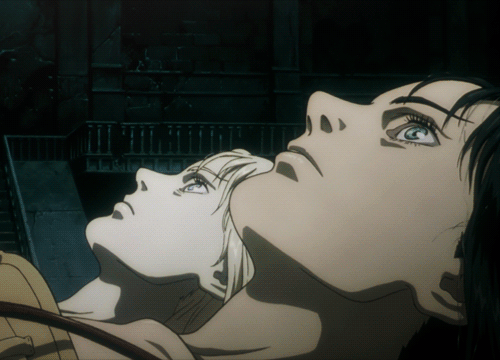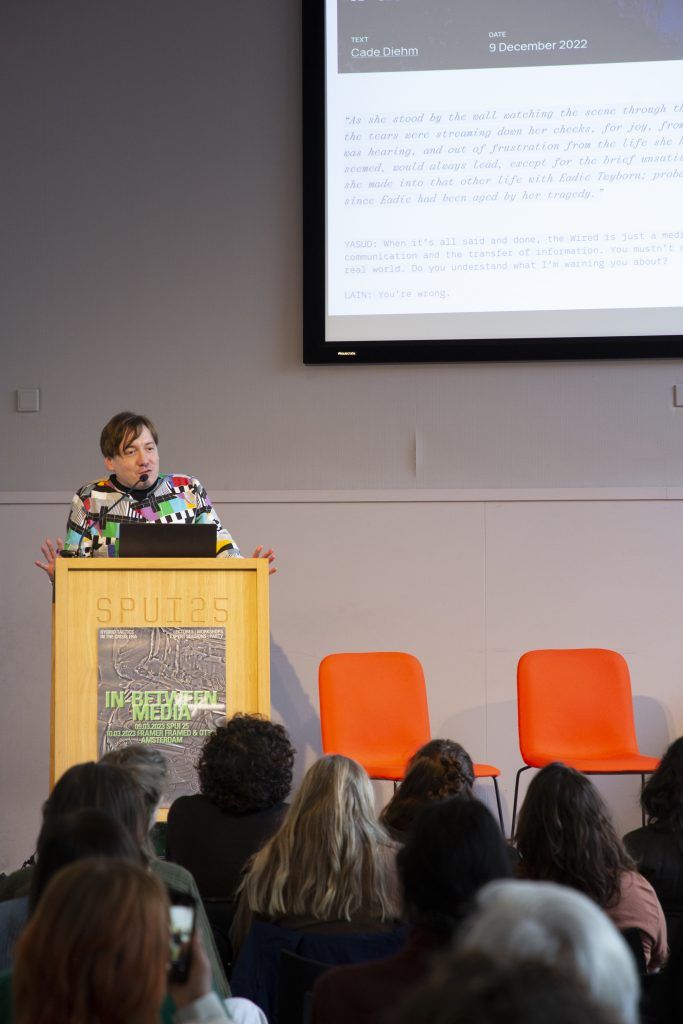
In a period of ‘diploma inflation’ the disparity between the aspirations that the educational system produces and the opportunities it really offers is a structural reality which affects all the members of a school generation, but to a varying extent depending on the rarity of their qualifications and on their social origins.[1]
“The starting point for organizing the program content of education or political action must be the present, existential, concrete situation, reflecting the aspirations of the people.”[2]
How does the art and design school produce its subjects, namely professional designers? What values, criteria and mechanisms are tacitly or explicitly deployed in education? To answer these questions, I will explore the relationship between the school and the so-called real world, the affinities between old and current waves of student protests, the targets of institutional critique, the role of cultural capital and critical disposition in fostering emerging professional models. Furthermore, I will try to demonstrate that a broadly humanistic turn of design, which makes the designer an intellectual of technics, is less a spontaneous evolution of the field than a logical outcome of design’s unstable position within the technical domain. Finally, I will propose an ethos of compromise against the more commonly adopted one of autonomy, as the latter obscures several forms of dependency.
The art and design school – you all know it too well. I deliberately use a generic expression because what I’m going to focus on is shared by various institutions dedicated to the cultivation of design disciplines (academy, university, private school, master, summer school, etc.). The reasons why I will insist a bit punctiliously on keeping art and design together will become obvious, I hope, in the course of this essay.
I have devoted the last few years to the theme of work, understood as an activity, a system of relationships and, above all, a myth, that is, as a story we tell ourselves and one another.[4] Specifically, I have tried to offer a perspective as realistic as possible (and for this very reason not at all immune to idealizations and rhetorical veneers) on the so-called ‘real world’, that dimension that follows, in theory, the period of study. It is precisely this sequence that, in my opinion, needs to be reconsidered. Let’s start here.
The School is the Real World
Generally speaking, school is conceived as a space protected from the disorienting brutality of the world of work. Traditionally, the school was understood as the privileged place of vita contemplativa, as opposed to the work context, the domain of vita activa. There are many reasons why this is not the case, and some of them are specifically linked to the field of design. Years ago Enzo Mari, a designer who rose to the status of “critical conscience of design”, noted that, provided a design degree is considered on a par with a product, it is legitimate to say that the most impressive sector of this field, also in terms of turnover, is the “industry” of design schools. Thus, the structural reasons of the market interact already at school with the “hopes, strategies and naivety” of future designers[5]. Here not only is the culture of design reproduced, but the subjects that will engage with it are generated.
However, there is another reason, more general and more alarming, for considering the school as an organ of the real world[7]. In times of crisis, it provides less and less protection from the typical concerns of workers: students are not unfamiliar with high rents, housing shortages, debt of various kinds, poorly paid jobs or internships that don’t pay at all. Moreover, the instability of the labour market changes the meaning of the school experience: in a climate of uncertainty, you don’t need to know who Gary Becker is to instinctively adopt the prism of investment when it comes to education. In short, the problems of school are hardly distinguishable from the problems of life.
Although less protected than we imagine it to be, the art and design school remains, at best, a space that allows for critical thinking. While in the past, critique of design and through design has been primarily outward-looking (examining, for example, dominant online platforms, pollution, and the ideologies that guide styles), today we are increasingly witnessing a self-referential critique that originates in institutions and points the finger at them, blaming their values and organizational models. The spectre of institutional critique, which until recently mainly haunted museums and art biennials, now also appears in design schools.
Here in the Netherlands (and elsewhere) a network of unofficial Instagram pages has sprung. These are anonymous accounts, linked to the various academies, that engage in a daily, all-round institutional critique: bureaucratic absurdities, sexism, bogus meritocracy, precarious contracts… all conveyed through the language of memes, at once esoteric and accessible inside jokes devoid of the pedantic seriousness typical of the movements. It is in these pages that, in the darkest months of the pandemic, I perceived the fervour of a community, much more than in the unctuous paternalism of official communications[8].
The Looooong ’68
This is not the first time that the boundaries between the school and the real world become so fragile and porous. The student protests of ’68 and ’77 were born, yesterday as today, from a sense of alienation and precariousness. They were colossal events capable of breaking the spell that made the school a natural, and therefore immutable, phenomenon.
In the eyes of Giancarlo De Carlo, who analysed the crisis of architecture faculties in Italy, students appeared “accidental and extraneous passengers in an institution that should be made for them and is justified only by their presence.”[10] What then to say about temporary faculty? “Sperm cells feverishly searching for an ovule that will give them a concrete configuration.” Having followed the students’ debate with keen interest, De Carlo reported in full the communiqués of the students from Turin:
The current university does not meet the needs posed by society’s existing labor demand. Our objective, however, is not simply to adapt to the needs of the demand for work. We believe that the University must and can provide those who attend it, at the same time, […] with adequate professional preparation and critical tools.[11]
Not much has changed. Students are increasingly aware of the “fate that would be reserved for them once they left school, clueless in an indecipherable world.”
The School as Market
As the communiqué suggests, both students and faculty understand the school through either a realist or idealist lens. Realists are unified in the pragmatic focus on future employment, skills, market needs. Idealists, in turn, are divided between pessimists and optimists. Pessimist idealists argue that the school is a place of discipline and repression. They also lament the subjugation of education to the labour market. Schools, according to this point of view, risk becoming a factory, only apparently egalitarian, of corporate executives, freelancers, workers or even the unemployed. Optimists see the school as a space for liberation through the exercise of critical thinking and the suspension of familiar preconceptions. On the one side Ivan Illich, on the other bell hooks.
Everybody is right, at least partially. How then do we merge their respective positions into a model? Claiming that the art and design school is an integral part of the real world is not enough. Nor is it correct to contrast professional preparation with the development of critical thinking. For example, are we really sure that the professionalizing school cannot be liberating, or that emancipation is not, in some cases, a form of discipline? Pierre Bourdieu offers a useful synthesis of the issue. For the French sociologist, the school is first and foremost a market in which cultural capital is formed and exchanged, but above all legitimized and sanctioned[13]. Talking about culture as capital is crucial: it means emphasizing that culture, criticality included, can be converted into economic capital, that is, money.
Scholastic capital—the body of knowledge legitimated by the school—is a subset of cultural capital. At each level of education, the learner brings with them a more or less substantial (sometimes even negative!) inheritance of cultural capital, thus weighed by the educational institution. No one enters school empty-handed. The art and design school is a special case because here, more than elsewhere, the student is encouraged to turn their own cultural baggage, especially the most personal (interests, passions, hobbies, reading, ethical and political ideals, etc.) into a ‘practice’, namely, the activity through which culture becomes profit and cultural consumers become cultural producers.
While the ‘emancipatory school’ reveals itself in the apparently autonomous ambitions of students and teachers, the ‘conservative school’ hides itself in the mechanism of legitimization of these same ambitions. It can therefore happen that indignation, an emphatic manifestation of the critical spirit, becomes a legitimate or even prescribed value, as I have observed in some academies. However, this does not eliminate the mechanism of legitimization itself, often tacit and made up of frictions, impediments, micro-censorship, which extend from the school to the labour market. The school will naturalize certain values, while hiding at the same time the way in which it legitimise them. One of these values is authenticity.
Becoming Yourself
Home was the place where I was forced to conform to someone else’s image of who and what I should be. School was the place where I could forget that self and, through ideas, reinvent myself.[14]
The school of bell hooks, a black woman who grew up in a segregated, patriarchal environment, is the antithesis of the home: a territory of reinvention outside the bastions of tradition[15]. The art and design school goes further and renders reinvention as a rediscovery. Here, the insistence is often on the authentic self, on what ‘you and only you’ can do or appreciate. By adopting a rhetoric of authenticity, design producers and consumers are promised to ‘become who they are’.
Starting from this consideration, I would like to address the age-old question of the relationship between art and design. I do not wish to resurrect ancient distinctions (commissioned versus independent work, rationality versus intuition…), but I propose to consider the relationship between the design of the self and the design of things. Distinguishing the two is no easy task. After all, isn’t design a reflexive practice in which, by designing the world, we redesign ourselves? And isn’t art the making of artifacts that are partly independent of the person who creates them?
The things we design designs us back, no doubt, but there is an essential distinction between the design of the self and the design of things. This distinction is made evanescent by the constant praise of the glorious designer who pours their personality into the things they conceive. The celebrated design figure is a pale cast of the romantic artist who survives in the promises of the school and the hopes of the students. It is, after all, a question of value. While the design dimension of the art and design school tends to value things and services, its artistic dimension – which is certainly not devoid of design – tends to value the expression of an autonomous and distinct identity. What I’m suggesting here goes further: the art and design school is first and foremost a laboratory for self-design, and only secondarily a context where things are designed.
Personal branding, human capital, identity politics: nowadays the design of the self is a project that is consciously (and often polemically) implemented. To what extent is it a liberating practice? In order to answer this question, it is necessary to clarify that self-design is one of the key facts of modernity, both opportunity and curse of anyone who inhabits an environment that is not entirely traditional. Since there are no predefined trajectories or ‘careers’, one cannot refrain from designing themselves. Life presents itself to each one as a more or less restricted gamut of risks and possibilities[17]. In this sense, the expressive drive that is generally associated with art is nothing but a reflection of the typically modern inevitability of self-design. It is no coincidence that creativity, a popular synonym of art as individual expression (and perhaps precisely for this reason frowned upon by designers), has acquired such primacy in recent decades[18].
Self-design carries a risk. In its extreme forms it is umbilical and pathologically self-reflexive[19]: it can be bad literature. By measuring itself obsessively against the ghost of identity, it is perturbed by an essence that does not always manifest. It is not difficult, then, to understand the disappointment of those students who came to school believing they were grappling with a system of ideas, and instead find themselves placed in front of a mirror. Mirror image of the emancipatory school of bell hooks, self-design is an easy pedagogical shortcut, since it delegates the definition of content to students (“what do you hold dear?”). In a time devoid of consensual role models, the question “who I want to be?” is substituted by an incessant “who am I?”. The school becomes a recruit centre for subjectivities.
Identity is expressed through difference, via the distinction device of taste. We should not think of taste as the snobbish attitude of the connoisseur, but rather as a system of preferences (from TV series to political orientations) that actually constitute lifestyles. The art and design school, operating as a marketplace of differences. It identifies and legitimise identity components and turns them into distinctive skills (like those, for example, of the mad genius) to be spent subsequently in the workplace, presenting some of them as authentic and therefore inalienable. This form of authenticity is, at least in part, a mechanism that is hidden from others and even from oneself. Through the self-hypnosis of authenticity, specific features can appear true[20]. This is how the subject can become who they are. It is therefore possible to be inauthentic and sincere, or insincere and authentic. This mechanism makes it possible to explain, at least partly, the autobiographical turn of schools, already noted years ago by several observers[21]. However, with the encouragement of autobiography comes the omission of the fact that not all biographies are equally expendable, not all identities lend themselves to a favourable symbolic conversion. The mobilization of identity and subjectivity is, thus, an integral part of the professionalisation effort. Let’s look at it in detail.
Professional Aspirations
Design is, like art, protean: its boundaries constantly and reflectively change. It is no coincidence that much of the specialized literature, rather than clarifying its nature, tries to direct its aims. Schools, as forges of currents and manifestos, actively participate in such an effort. This allows for the charisma of the master, the kitsch of the star designer, the nostalgia of the craftsman, the pride of the expert and, increasingly, the struggle of the worker to converge within design[22].
One could say, paraphrasing Bourdieu, that since design is a fluid and confusing field, it allows for professional goals that are also fluid and confusing. Its ambiguity gives rise to aspirations that are never fully realized nor completely frustrated, an ambiguity that is also useful to those ambitious youngsters who don’t want to forgo either the ‘real job’ or some hypothetical symbolic benefits. It is tempting to replace the modernist diktat “less is more” with the rather vague “more or less”…
Design’s intrinsic vagueness has, thus, a precise logic: aspirational ambiguity propels its growth[23]. However, it is accompanied by a recent phenomenon. Professionalisation, understood as the promotion of the designer’s role by professional associations, seems to be an outdated problem[24]. Aggie Toppins, a U.S. designer and lecturer, recently argued that “the field’s most pressing imperative today is no longer professionalisation; it’s to make design practice a responsible part of building equitable, sustainable futures.” As evidence of the success of professionalizing efforts, Toppins reports that “graphic design is now an in-demand college major and it is more visible in popular media.”[25] A statement that confirms Mari’s thesis of the school as main design industry.
It is critical to recognize, as Toppins does, that the profession has historically been a means of excluding women, minorities, and oppressed groups. But it’s also important to remember that nowadays the professional issue is far from resolved. A study of 30,000 design graduates in the UK (the most popular branch of university education in bachelors) showed that only a quarter of them end up working in high-skilled, well-paid jobs in the design field[27]. If we consider graphic design, the field I’m most familiar with, it’s enough to take a look at the sporadic professional surveys to realize that the picture is far from rosy. According to AIGA’s annual census, for example, one in three designers is dissatisfied with their job[28].
Mass Elitism
When it comes to design work, one cannot help but talk about technology. Democratisation, automation and dis-intermediation are keywords that are hard to escape. Ruben Pater, Dutch designer and author, sums up the long debate around the advent of desktop publishing in the following way:
“By making our work so easy to do, we are devaluing our profession”, warned design historian Steven Heller. “With everything so democratic, we can lose the elite status that gives us credibility.” That hasn’t been the case, as Ellen Lupton points out in her book on DIY design, seeing that “the field got bigger rather than smaller”.[29]
Now that the word ‘elite’ has become almost an insult, taking Ellen Lupton’s side is certainly more comfortable. However, the growth of the sector expected in the next 10 years is lower than that of other career paths — 3% against an average of 8%[30]. Moreover – and this matters even more – Heller pointed out a problem of perception that translates into a decline in earnings and especially in symbolic profits. This is a reality that schools cannot take lightly. At a time when a significant portion of the student body does not have the opportunity to convert their substantial educational investment into a position of professional elite, there is a problem, and it is no small one.
The expression ‘professional elite’ is almost tautological. According to philosopher Donald Schön, a professional is someone who “claims extraordinary knowledge in matters of human importance, getting in return extraordinary rights and privileges.”[31] This definition demonstrates that the profession is an inherently exclusive role (but not necessarily excluding, as it has been in the past).
If designers’ knowledge is not considered, at least in part, a form of expertise, they will hardly be recognized as professionals. This is the case, for example, of graphic design, a field whose know-how has lost its esoteric aura. The common perception is that, thanks to digital devices and the web, anyone can design a logo or a book. For some, the fact that graphic design is a university major is even a source of amazement.
My aim is not to debate whether this perception is right or wrong, but to point out that it does shape the general economic relationships between clients and designers, and thus the status of the designer[33]. The effects are already evident in the wage gap between specialists in UX design, a field still considered esoteric, and those in graphic design, a practice now demystified[34].
The suspicion arises, therefore, that professionalisation is considered an outdated problem by those who have overcome this problem individually, that is, those who are considered to all effects professionals, perhaps members of a cultural elite, able to obtain both material and symbolic benefits[35].
Economic Responsibility
A few months ago, I wholeheartedly signed Platform BK’s open letter entitled “Graduates of art academies deserve more agency over their future.”[36] Addressing the boards of Dutch art academies, the signatories argue that education should prepare students for “the unruly reality of the cultural sector’s job market”. The plan includes four points: development of post-precarity courses; social engagement and self-organization; insights into the world after the academy; and student involvement in institutional developments.
An earlier version of the letter called for “economically responsible art education.” The question is, how to define economic responsibility? Up to this point, I have tried to show that it would not only be about income and bills, nor mere entrepreneurial spirit, but also about inflections of symbolic capital, between public perception and professional proprioception.
Within various art and design schools, both faculty and students are beginning to address the problem of the profession by taking the side of an exploited proletariat. Although, as the data show, there are very good reasons for adopting this stance, there is something self-defeating in it: by begrudgingly accepting the neo-worker condition, the legitimate professional aspirations of designers, which are obviously anything but working-class, are concealed. I believe this is the reason why the generic call to unionisation does not yield the desired results within the design professions. We are in the presence of a double bind: the school educates students as professionals (“free professionals” in Italian) but demands of them a proletarian consciousness. A generic appeal to unionisaton runs the risk of betraying design’s professional promise[37], not only by “creating losers”, but by turning their resentment into material for courses and syllabi[38].
The Designer as Intellectual
The book which includes Ellen Lupton’s aforementioned position was written together with her MICA students in Baltimore. It is a book that was born in a school. In the introductory text, the American historian likens the figure of the designer to the Gramscian “organic intellectual”. Considering design “a social function, rather than as a profession or an academic discipline”, Lupton suggests that:
These organic intellectuals could merge physical and mental labor, building “new modes of thought” out of acts of doing and making. Their skills would be both technical and theoretical.[40]
But what exactly is an intellectual? To this question, Tomás Maldonado, a complex and prolific figure in the field of design, has devoted an entire, wide-ranging volume which spans from Cervantes to Jonathan Swift, from Erasmus to Heidegger. According to Maldonado, the intellectual is born committed. They’re a figure who “takes a stand” and signs manifestos. Sometimes they have a decorative function within the party they support and by which they are supported. Moreover, the moment they becomes modern, they cannot help but work on themselves:
He expresses “the modern identity,” a way of being an intellectual that privileges “radical reflexivity.” He is the intellectual “after Montaigne.” With Montaigne “the self enters the scene.” The intellectual is born who is turned in upon himself, but who offers himself to the gaze of others.[41]
The affinity with the prototype of the designer envisioned and promoted by the school seems obvious: this is an intellectual who takes position, critiques and educates, who designs themselves and makes this work their own content to disseminate, their own voice. This type of intellectual meets the criteria of acting, but what about the making typical of designers, their technical dimension?
The Two Cultures
We now understand what an intellectual is. But what about the designer? Maldonado offers a compelling definition: the designer is a technical intellectual[42]. This way, he attempts to abolish the false dichotomy that opposes humanistic culture to scientific culture. As Giovanni Anceschi explains,
“Technical intellectual” is an expression that strikes as an oxymoron, but it is such only according to the banal thinking and schizoid prejudice that continues to believe in the “two cultures.”[43]
The attempt to “drive out this very concrete activity from the professionalist and practice-heavy middle-brow” is meritorious, yet things aren’t that simple. The difficulty lies in the fact that the distinction between technical and intellectual survives in the general perception of professional roles, and broadly speaking the designer is perceived more as a technician than an intellectual.
What kind of technician, though? It is true for many designers what Bourdieu argues about those who occupy the lower positions of the ruling class. They “are relegated to the position of technicians, i.e., executants without economic, political or cultural power.”[45] This is evident in the lamentations of the various sub-sectors, not only in graphic design, which is in decline, but also in those on the rise such as interaction design, which is clamouring for its “seat at the table”. There is a difference, then, between the technician and the technologist, a professional in their own right, recognized synthesis of the two cultures.
How, then, does one explain the intellectualistic, so to speak mono-cultural, propensity of contemporary design? Having failed to establish themselves authoritatively in the technical sphere, the designer attempts to occupy the humanistic sphere. This is a sensible move, albeit a largely unconscious one, consisting in the replacement of a technical elite (which elite is no longer) with an intellectual pseudo-elite, which stands as the “consciousness” of technics. Schools can thus claim a formally autonomous role, which is the exercise of critical thinking and the production of awareness. In their latest book, Mieke Gerritzen and Geert Lovink frame this mainly European phenomenon through a scathing title: Made in China, Designed in California, Criticized in Europe[46].
The Problem of Problems
The shift from the technical intellectual to the intellectual of technics is most evident in speculative design, also called critical design[47]. This is the practice of imagining future scenarios in order to rethink – and thus transform – our present.
The founding manifesto of the current, signed by Anthony Dunne and Fiona Raby in 2009, clarifies a number of principles[48]. There is a shift from an affirmative to a critical intention; design is no longer for production but for debate; provocation replaces innovation; and applications make way for implications. The result is a figure all in all similar to the traditional humanist intellectual. It is no accident that critical design is also sometimes called design for debate.
Every current has its excellences and its mediocrities. I am not interested here in determining the general validity of speculative design, but rather in giving reasons for its popularity, especially in pedagogical and academic circles. Notwithstanding some historical precedents acknowledged by speculative designers themselves, the novelty lies in defining and redefining problems through scenarios and prototypes, rather than devoting oneself to solving them.
In doing so, speculative design solves the problem of access to problems. By creating fictions that are linked to reality and yet completely autonomous, it can disconnect from the concretely social dimension of technology, that is, what Galbraith used to call technostructure, which includes CEOs, policy-makers and corporate executives[50]. Moreover, on a pedagogical level such a practice lends itself to isolationism: a tenuous link to reality is sometimes enough to create a fictional world. A reality that for many designers is moreover shoddy: if problem solving is reduced to mere execution, problem framing has the allure of cultural production, the traditional task of intellectuals.
This is how the widespread scepticism toward problem solving should be read. It is not only about staging the ‘wickedness’ of complex problems, but also about evading the social obstacle that prevents one from participating in their resolution. This also explains the propensity to investigate colossal problems, since they lend themselves perfectly to the stunned gaze of the critic. By focusing on the highest systems, one can ignore those concrete systems from which one is excluded or over which one has no power[52]. In the words of Victor Papanek, “[i]t is also in the interest of the Establishment to provide science-fiction routes of escape for the young, lest they become aware of the harshness of that which is real.”[53] Deploying images of preferable futures, these “science-fiction routes” inevitably tend to mobilize notions of ethics and politics. As usual, the question I’d like to ask is how do ethics and politics function in the context of the art and design school.
The Impotent Ethics
British historian Alison J. Clarke writes:
“Much present design discourse upholds a polarized model of design hatched in the broadly neo-Marxist 1970s paradigm that buoyed Papanek’s vitriolic critique: […] rehearsing a rhetoric that pits a morally and ethically virtuous design practice (sustainable, socially embedded, community-based, codesigned, etc.) against a model of designers as the handmaidens of a profit-driven corporate culture.”[54]
This ethical binarism relates to the inaccessibility of problems. Generations of students have passionately read Ken Garland’s First Things First manifesto, which has been updated and republished several times in recent decades[55]. The original, explicitly anti-consumerist version indirectly lamented the reduction of the designer to a mere executor of a plan whose “trivial pursuits” are decided by others. Garland’s consciousness-raising was thus not only ethical but also positional.
Referring to the 2000 edition of the manifesto, J. Dakota Brown argues that “like earlier attempts to understand and to contest design’s status as an ‘institution of power,’ the manifesto’s critique was quickly rehabilitated into an apolitical affirmation of ‘the power of design.’”[56] On closer inspection, then, the ethical afflatus of design expresses a self-aggrandizement by excess of responsibility. When designers proclaim that design is generically responsible or even culpable, designers are also saying: “we are important, influential, if not decisive”. Prominent examples of this excess are found both in canonical texts (such as Victor Papanek’s Design for the Real World) and in recent pamphlets, such as Mike Monteiro’s:
Design is a craft with responsibility. The responsibility to help create a better world for all. Design is also a craft with a lot of blood on its hands. Every cigarette ad is on us. Every gun is on us. Every ballot that a voter cannot understand is on us.[57]
This over-responsibilisation serves well as educational content for courses and lectures, giving the impression that design is less a practical philosophy than an individualized moral framework. Turning attention to individual ethics, a fundamental component of self-design, is a way to mask one’s own subordination. Undoubtedly, designers influence reality through their work and choices, but generally this is done in ways that are far from spectacular and hardly fit the cartoonish myth of “great power deriving from great responsibility”. In fact, many designers agree that the success of a project depends largely on the goodwill of the client, understood as trust in the designer’s competence[58].
The evil entity that seduces, manipulates and deceives consumers, embodied from time to time by the organization, the client or the designer themselves, is often a straw man. This abstract maleficence is the perfect polemical target of a school that legitimises a distinctive lifestyle – an attitude, as Moholy-Nagy describes it. Such attitude is characterized by an affiliation with a kind of moral vanguard where what professional positioning, far from guaranteed, cannot, ethical positioning can.
Political Economy
I’m reminded me of an infamous and particularly bitter article by Paul Rand. I imagine some of you are already familiar with it, but let’s read an excerpt anyway:
Both in education and in business graphic design is often a case of the blind leading the blind. To make the classroom a perpetual forum for political and social issues for instance is wrong; and to see aesthetics as sociology, is grossly misleading. A student whose mind is cluttered with matters which have nothing directly to do with design; whose goal is to learn doing and making; who is thrown into the fray between learning how to use a computer, at the same time that he or she is learning design basics; and being overwhelmed with social problems and political issues is a bewildered student; this is not what he or she bargained for, nor, indeed, paid for.[59]
It is Aggie Toppins again who reveals the back-story of this rant. Infuriated by the appointment of Sheila Levrant de Bretteville, a feminist designer associated with post-modernism, as director of Yale’s graphic design course, Paul Rand abandoned his position in the department, convincing Armin Hoffman to do the same. Quoting Roger Kimball, Rand lamented the apparent predominance of “women’s studies, black studies, gay studies” over supposedly “traditional curriculum and modes of intellectual inquiry”[60]. It is as if the spirit of Jordan Peterson had retrospectively taken hold of him.
Aggie Toppins’ critique of this article deserves to be read in full[61]. Here, I will instead extract a grain of truth from this almost irredeemable material. The student bewildered by political issues is no less lost than the student thrown into an indecipherable world described by De Carlo in ’68. Unfortunately, politics does not make the world a less complex place, and therein lies its value. As we have seen, the ethical disposition instead risks reducing the political to elementary binarisms and bombastic displays of outrage that serve to produce distinctive skills recognized, perhaps, only by designers themselves. It may be a good show, but do-goodism is not much of an educational offering.
How to take advantage of political complexity in the educational context? By acknowledging, among other things, students’ legitimate professional aspirations, including the less ‘revolutionary’ ones. The ornamental inclusion of blatantly political issues, the spectacle of indignation, the ethical crossroads do not absolve schools from their professionalizing shortcomings; on the contrary, they may contribute to obscuring them. This is why, a school that really wants to act upon so-called complexity must rather extend the domain of the political towards a political economy.
Compromise
Hysteresis. Bourdieu uses a difficult word to describe an all-too-simple phenomenon, which consists of applying an outdated perspective to a mutated context. The sociologist writes:
The hysteresis effect is proportionately greater for agents who are more remote from the educational system and who are poorly or only vaguely informed about the market in educational qualifications.[63]
There are numerous informal accounts of this effect in both the art and design contexts. Joshua Citarella, a U.S. artist, declares to his audience made up of students and emerging artists that “this education and career path is training you to become part of a professional class that, in reality, no longer exists.”[65] Roberto Arista, an Italian designer, reiterates the point by claiming that “Our professionalizing studies were based on a model that was already crumbling in the nineties, and that in the 2000s was just a faded multiple of the original matrix.”[66]
The way the art and design school conceives self-design is out of sync. The glue that binds its dated ideals is the concept of autonomy. This manifests itself in various ways: romantic detachment from the things of the world, self-conviction of the social essentiality of one’s skills, critical repositioning within a context that limits access to problem solving, a disconnect from the present and therefore from history.
In a seminal 2003 text, Andrew Blauvelt, a U.S. designer and curator, advocated, for the critical autonomy of graphic design. He proposed that graphic design be understood as “a discipline capable of generating meaning out of its own intrinsic resources without reliance on commissions, functions, or specific materials or means.”[67] More effect than cause, critical autonomy is a dazzle, a nice story to tell in the classroom and museum. How, then, to replace this apparent independence that is actually the result of estrangement? Let us take up Maldonado and Anceschi again:
[…] the technical intellectual, while practicing the stoic and realist art of design compromise is never a neutral manager, indifferent to the thing, the theme, the substance.[68]
Design compromise is the antithesis of critical autonomy. It is an admission of the fact that the designer is, after all, inevitably a , bricoleur — a person who makes do with what they find, in the conditions in which they find themselves[69]. This doesn’t mean that design compromise is docile or victimistic. Rather, it is critique of compromise, awareness of the reasons that guide awareness. It is also historical compromise: the ability and courage to distinguish the past from the present. Honing the art of design compromise means recognizing the compromission of the school as an integral part of the real world. It means overcoming professional proprioception to come to terms with others’ perceptions of one’s role, especially when these turn out to be unpleasant.
An art and design school that wants to embrace an ethos of compromise must be idealist and realist at the same time. To do so, it should be able to scrutinize the very ambitions that it produces and the mechanisms, both internal and external, that legitimize those ambitions. If the school wants to become a space for self-realization, it has to recognize the processes of professionalisation of the self, and then overcome them.
Silvio Lorusso
Spring 2022
Thanks to Caterina Di Paolo, Michele Galluzzo, Gui Machiavelli and Cade Diehm for their valuable comments.
Silvio Lorusso is a writer, artist and designer based in Rotterdam, the Netherlands. In 2018 he published his first book entitled Entreprecariat. He is an assistant professor and vice-director of the Centre for Other Worlds at the Lusófona University in Lisbon. Lorusso holds a Ph.D. in Design Sciences from the Iuav University of Venice.
↩︎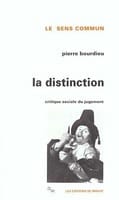 Distinction: A Social Critique of the Judgement of Taste
Distinction: A Social Critique of the Judgement of Taste
- ↩︎
Shouldn’t you be working? at Kunstalle Mulhouse, 2020 ↩︎
↩︎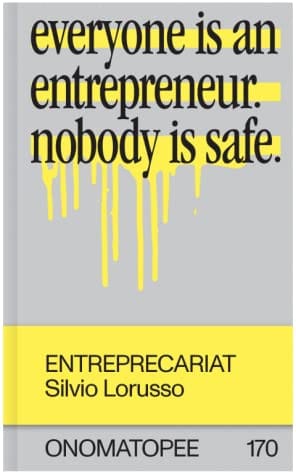 Entreprecariat: Everyone is an entrepreneur nobody is safe
Entreprecariat: Everyone is an entrepreneur nobody is safe
↩︎ 25 modi per piantare un chiodo
25 modi per piantare un chiodo
Atlante secondo Lenin, Enzo Mari, 1974 ↩︎
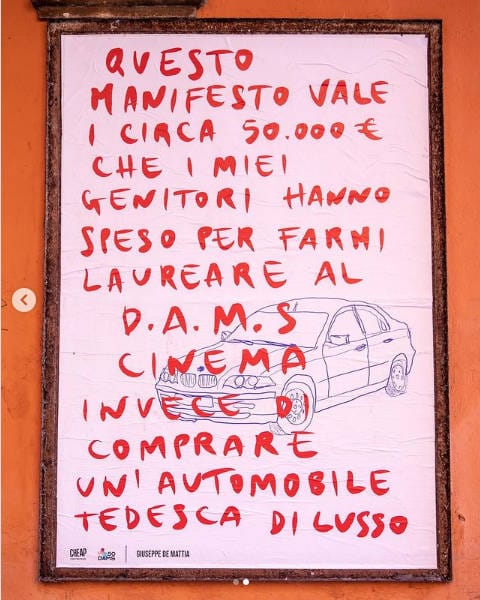
"This poster is worth the approximately €50,000 that my parents spent to get me to graduate from the D.A.M.S Cinema instead of buying a German luxury car."
Giuseppe de Mattia, 2021 ↩︎See my interview with @wdka.teachermemes “May the Bridges We Burn Light the Way”, Other Worlds, 26 July 2021. See also T. ten Zweege, “Calling Out Dutch Art Institutions”, Futuress, 26 February 2021 ↩︎
@wdka.teachermemes, 2021 ↩︎
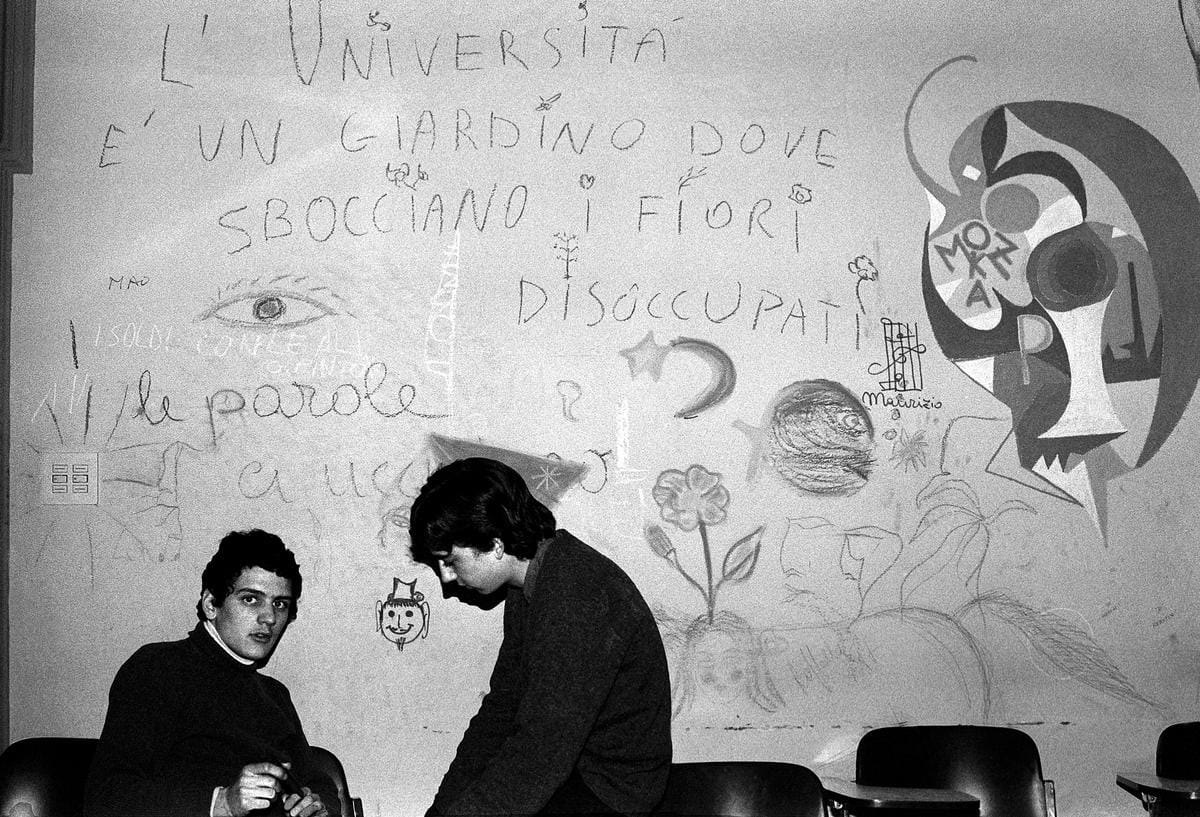
“The university is a garden where unemployed flowers blossom."
Photo by Enrico Scuro, 1977 ↩︎
↩︎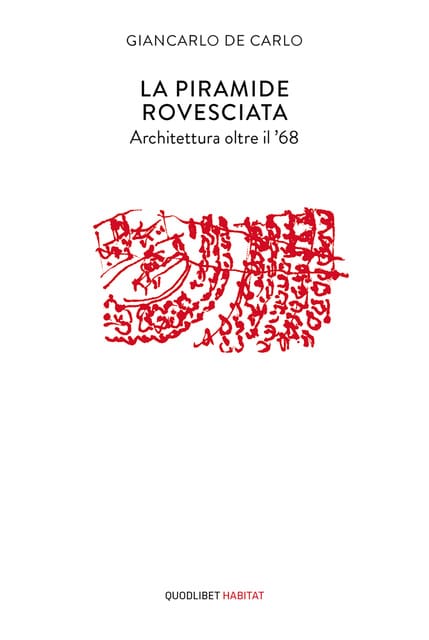 La piramide rovesciata: Architettura oltre il ’68
La piramide rovesciata: Architettura oltre il ’68
“We want to think”. Slogan formulated by the students in ’68. ↩︎
↩︎ Distinction: A Social Critique of the Judgement of Taste
Distinction: A Social Critique of the Judgement of Taste
↩︎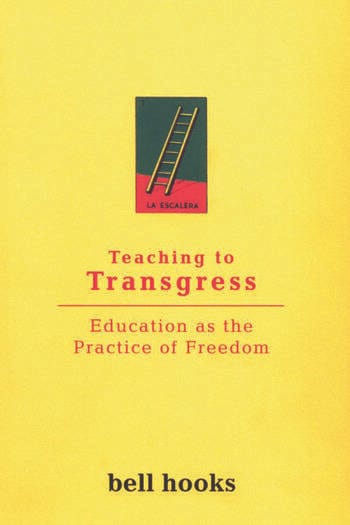 Teaching to Transgress: Education as the Practice of Freedom
Teaching to Transgress: Education as the Practice of Freedom
Yet, as we have seen, the separation between home and school is blurred. One carries to school, always, intentionally or not, part of the domestic burden. And it is not necessarily the case that the school environment is less conformist than the home environment. ↩︎
“Become who you are”. Ad of the Italian Accademia del lusso, 2020. ↩︎
It is exactly from this consideration that design theorist Ezio Manzini describes a condition in which “everybody constantly has to design and redesign their existence, whether they wish it or not”. ↩︎
↩︎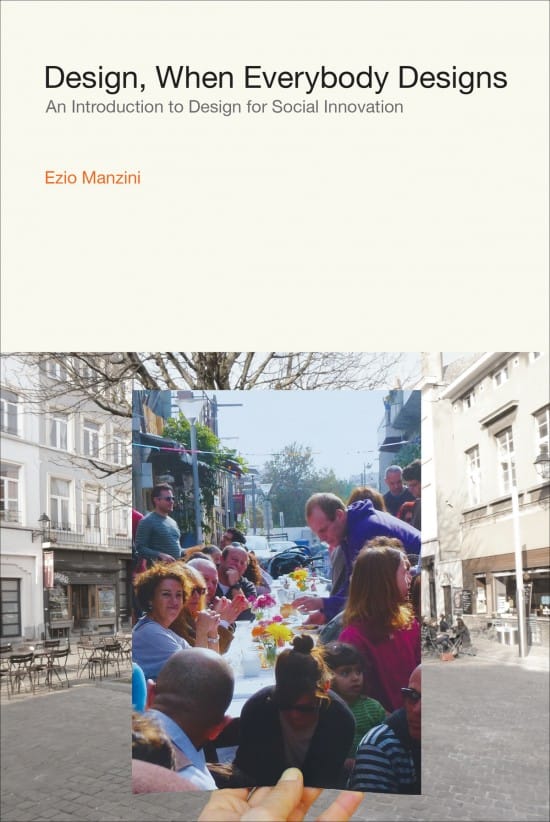 Design, When Everybody Designs
Design, When Everybody Designs
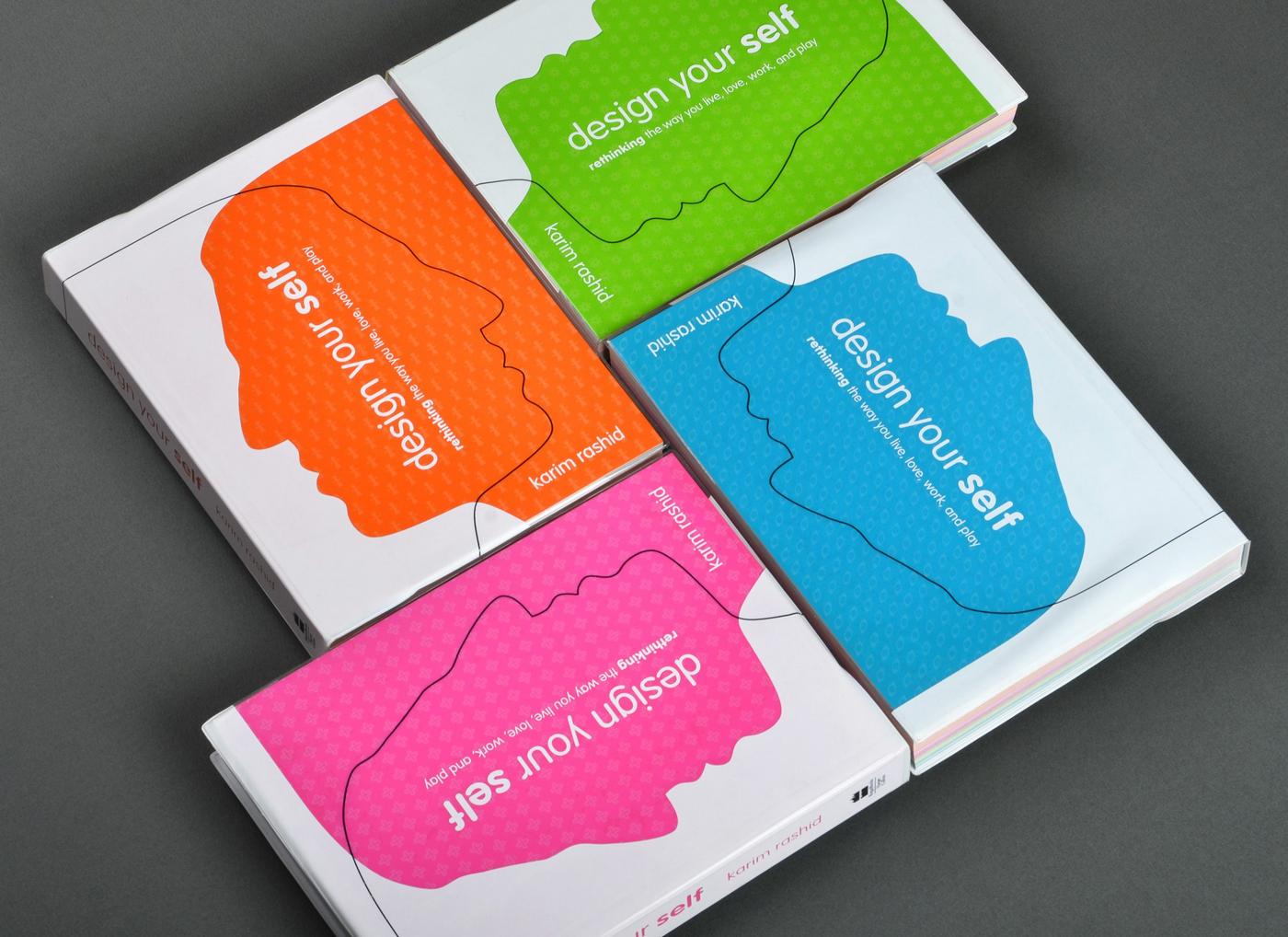
There are many books that mix elements of self-help with design culture. The circle closes: artistic expression becomes a tool for the realization of one’s own life and work project. ↩︎Essayist Raffaele Alberto Ventura argues that “political correctness is not an innate merit but rather nothing less than an acquired competence.” I think it is precisely the device of authenticity that makes such competence appear as a merit.
La cattiva notizia è che la cancel culture esiste eccome
Wired Magazine
10 May 2021 ↩︎Among them Rob Giampietro, who proposed an analogy between design school and creative writing courses. “School Days.”
Graphic Design: Now In Production.
Ellen Lupton & Andrew Blauvelt, Walker Art Center
2012 ↩︎Riccardo Falcinelli explains that none of these attitudes is truer than the others: “Everyone will choose for themselves what kind of designer or audience they want to be: they may prefer functionalism or expressive design; they may aspire to strictly informative or postmodern graphic design; they may believe in efficiency or practice performance. As long as you don’t mistake these convictions for inescapable truths, as long as you treat them for what they are. It’s the only way to not end up in the shallows of moralism, like those who believe there is only one right way to do things.” Critica portatile al visual design
Riccardo Falcinelli, Einaudi
2014 ↩︎
↩︎ Distinction: A Social Critique of the Judgement of Taste
Distinction: A Social Critique of the Judgement of Taste
↩︎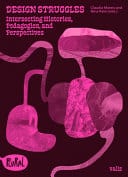 Breaking Class: Upward Climbers and the Swiss Nature of Design History
Breaking Class: Upward Climbers and the Swiss Nature of Design History
We Need Graphic Design Histories That Look Beyond the Profession
Aggie Toppins, AIGA Eye on Design
10 June 2021 ↩︎Sponsored post by Fiverr, an online marketplace for freelancers. ↩︎
Design Most Popular University Choice – But Graduates Aren’t Ending up as Designers
Sarah Dawood, Design Week
15 February 2018 ↩︎AIGA Design Census, 2019 ↩︎
- ↩︎
Graphic Designers median annual wages
U.S. Bureau of Labor Statistics
2021 ↩︎
↩︎ The Reflective Practitioner: How Professionals Think in Action
The Reflective Practitioner: How Professionals Think in Action
The mere existence of this kind of propaganda shows that the expectations criticized here are themselves a reality. ↩︎
$74,000 of UX Designers vs. $41,000 of graphic designers. ↩︎
How to Change Your Career from Graphic Design to UX Design
Teo Yu Siang, Interaction Design Foundation
2020 ↩︎See On Unprofessionalism
Michael Rock, 2x4
1994 ↩︎Graduates of art academies deserve more agency over their future
Sepp Eckenhaussen, Platform BK
13 December 2021 ↩︎No Problem: Design School as Promise
Silvio Lorusso, Institute of Network Cultures
7 December 2020 ↩︎I am aware of the weight of this expression and I do not use it lightly, as the authors to whom I refer do not use it lightly. See, in particular, Distinction: A Social Critique of the Judgement of Taste, Pierre Bourdieu, and Deschooling Society, Ivan Illich, Marion Boyars, 1971. ↩︎
This poster by the duo The Rodina (2018) stages the professional double bind: the syndacalist slogan clashes with the enlarged face of a studio member, a more or less conscious manifestation of the performative activity necessary to constitute a professional and cultural aura out of one’s individuality. ↩︎
- ↩︎
↩︎ Che cos'è un intellettuale? Avventure e disavventure di un ruolo
Che cos'è un intellettuale? Avventure e disavventure di un ruolo
Oddly enough, the word ‘designer’ never appears in his excursus on the role of the intellectual. ↩︎
↩︎ Tomás Maldonado. Intellettuale politecnico
Tomás Maldonado. Intellettuale politecnico
Survey conducted on a general sample of one hundred participants. The figure of the designer is primarily linked to the sphere of art and creativity. Participants also do not hesitate to consider the designer a technician. Instead there are clear doubts with respect to the designer as an intellectual. ↩︎
↩︎ Distinction: A Social Critique of the Judgement of Taste
Distinction: A Social Critique of the Judgement of Taste
↩︎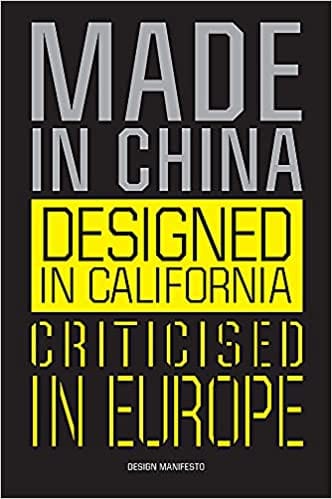 Made in China, Designed in California, Criticized in Europe
Made in China, Designed in California, Criticized in Europe
↩︎ Speculative Everything: Design, Fiction, and Social Dreaming
Speculative Everything: Design, Fiction, and Social Dreaming
“Awareness”. Collage of graduate project descriptions from Design Academy Eindhoven. Afonso de Matos, 2022. ↩︎
- ↩︎
Chris Ashworth, 2021. ↩︎
Design and Power - Part 1
Silvio Lorusso, Other Worlds
4 October 2021 ↩︎- ↩︎
↩︎ Design for the Real World: Contesting the Origins of the Social in Design
Design for the Real World: Contesting the Origins of the Social in Design
The First Things First Manifesto
Ken Garland
1964 ↩︎
↩︎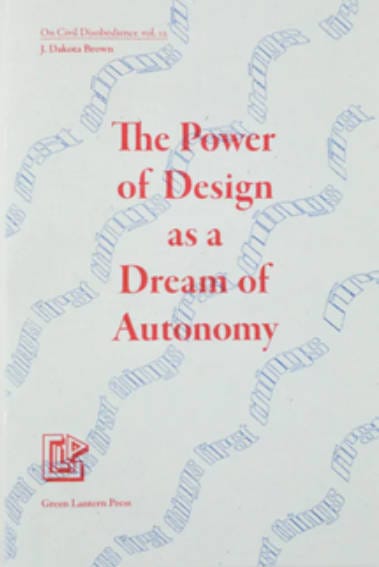 The Power of Design as a Dream of Autonomy
The Power of Design as a Dream of Autonomy
- ↩︎
62% according to Graphic Designers Surveyed
Lucienne Roberts, Rebecca Wright, and Jessie Price (eds.), London: GraphicDesign&
2015 ↩︎Confusion and Chaos: The Seduction of Contemporary Graphic Design
Paul Rand, AIGA Journal of Graphic Design
1992 ↩︎Confusion and Chaos: The Seduction of Contemporary Graphic Design
Paul Rand, AIGA Journal of Graphic Design
1992 ↩︎Good Nostalgia/Bad Nostalgia
Aggie Toppins, Design and Culture
03 Sep 2019 ↩︎Music and Apocalypse, directed by Max Linz in 2019. The student protest appears here depowered and reduced to an ornamental motif. It also adopts the same generically political language of the academia. ↩︎
↩︎ Distinction: A Social Critique of the Judgement of Taste
Distinction: A Social Critique of the Judgement of Taste
@b0ysfirm, 2021. ↩︎
Josh Citarella, Instagram story, 2021 ↩︎
Interfaces Are a Solid Object
Roberto Arista, Progetto Grafico
January 2018 ↩︎Towards Critical Autonomy, or Can Graphic Design Save Itself?
Andrew Blauvelt, Emigre
2003 ↩︎
↩︎ Tomás Maldonado. Intellettuale politecnico
Tomás Maldonado. Intellettuale politecnico
Cos’è il design-as(-a)-bricolage, la cultura del progetto attraverso le teorie della complessità
Gaspare Caliri, CheFare
19th January 2021 ↩︎Yuri Veerman, 2021. ↩︎
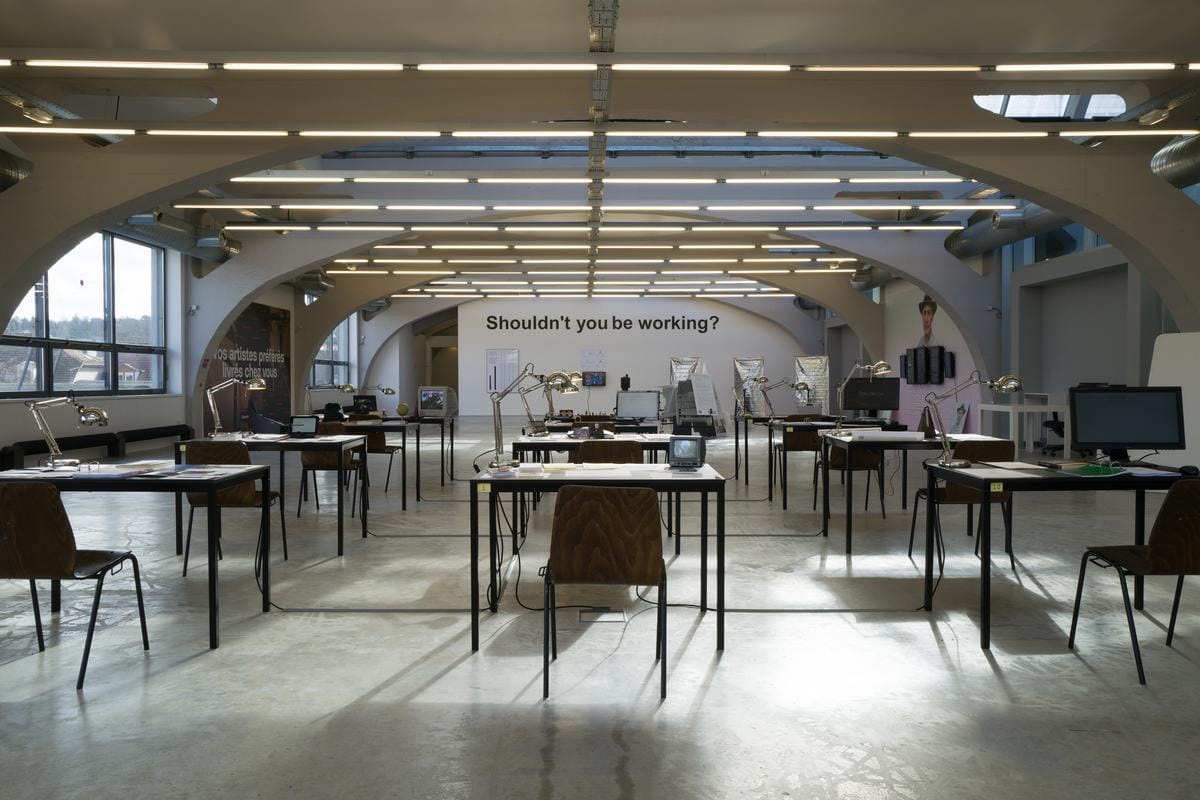

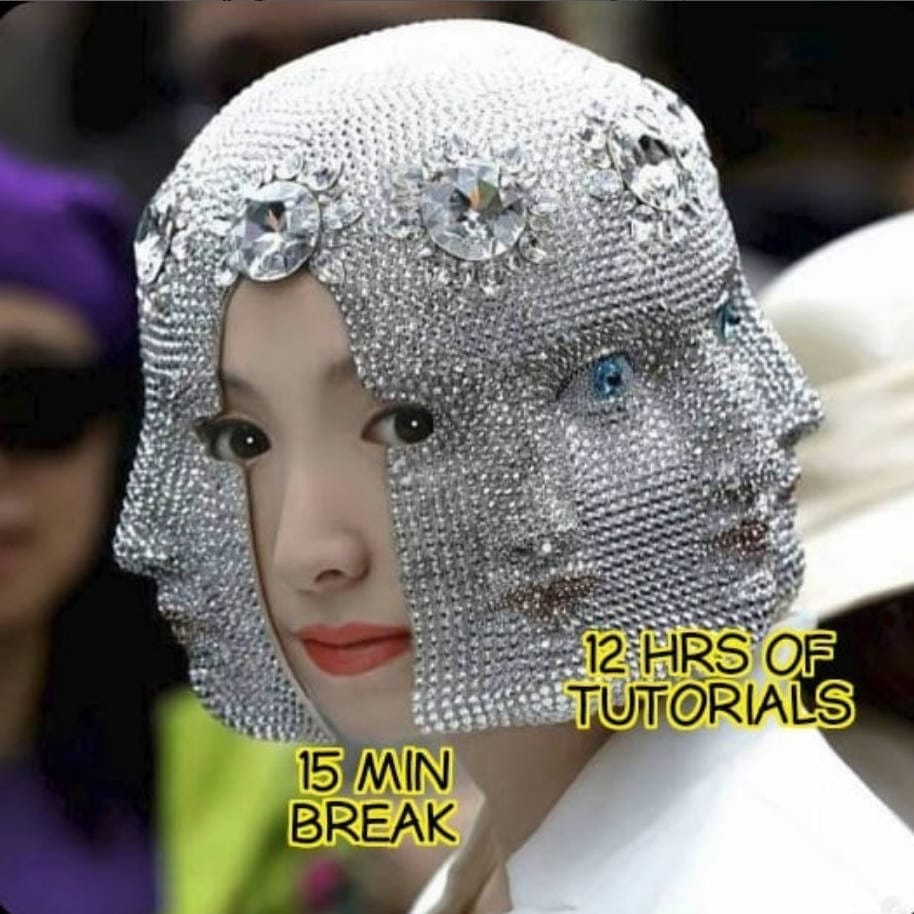
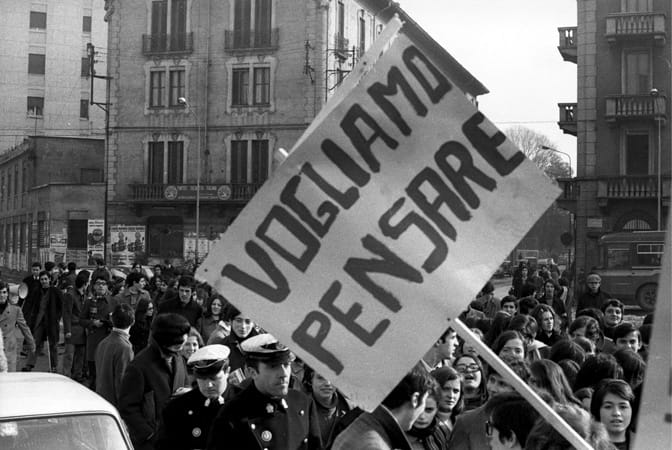
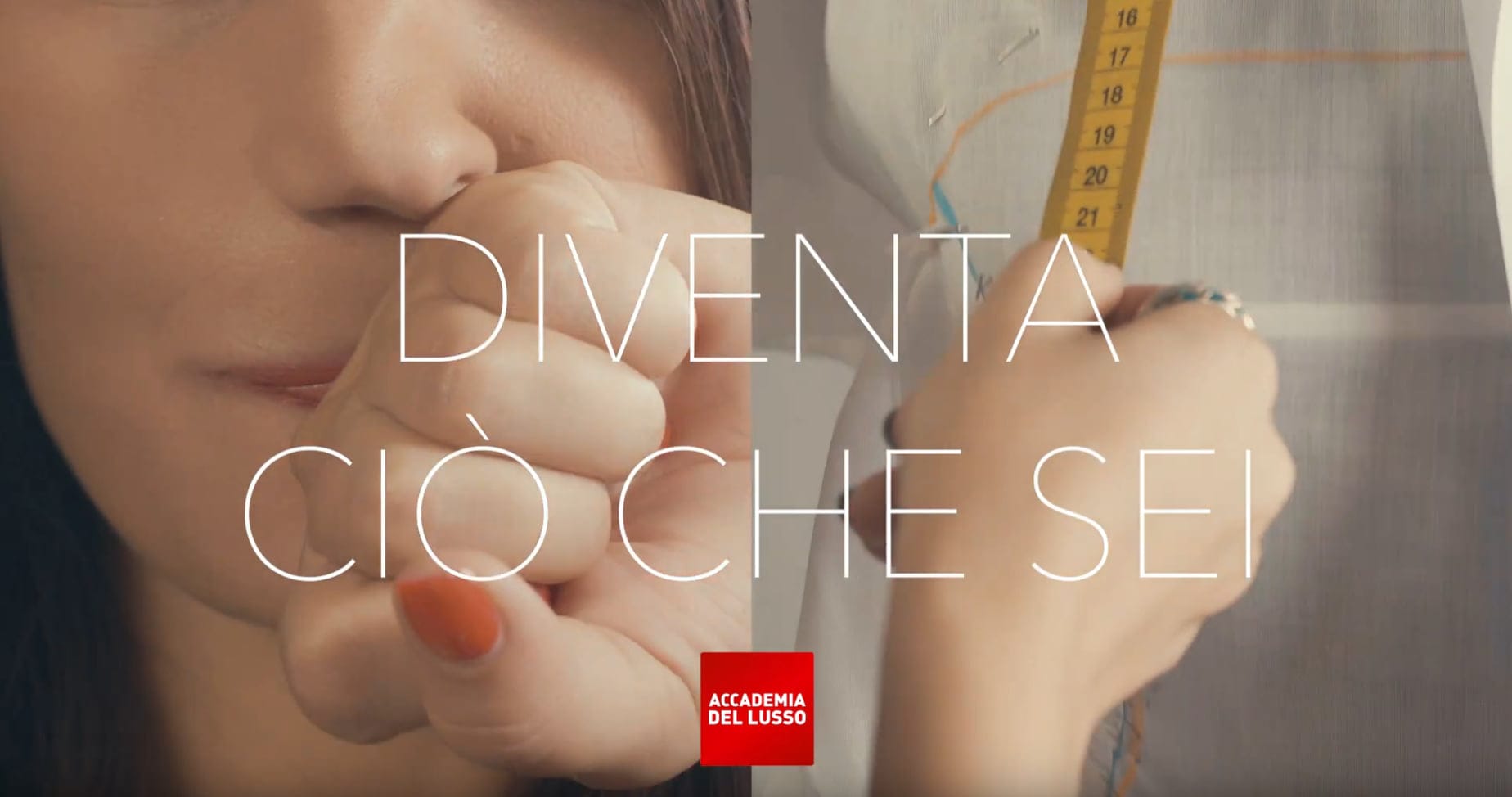

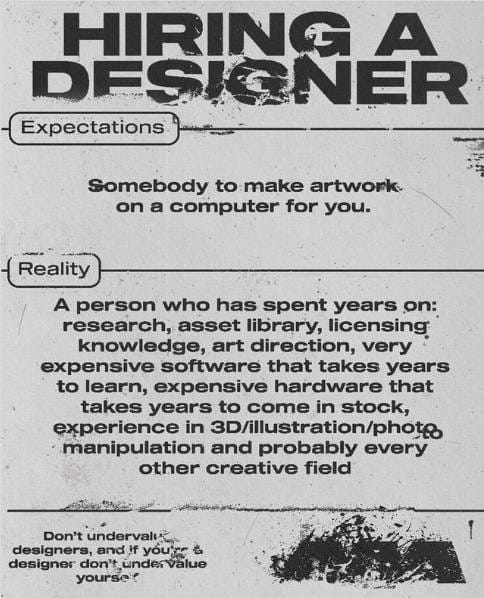
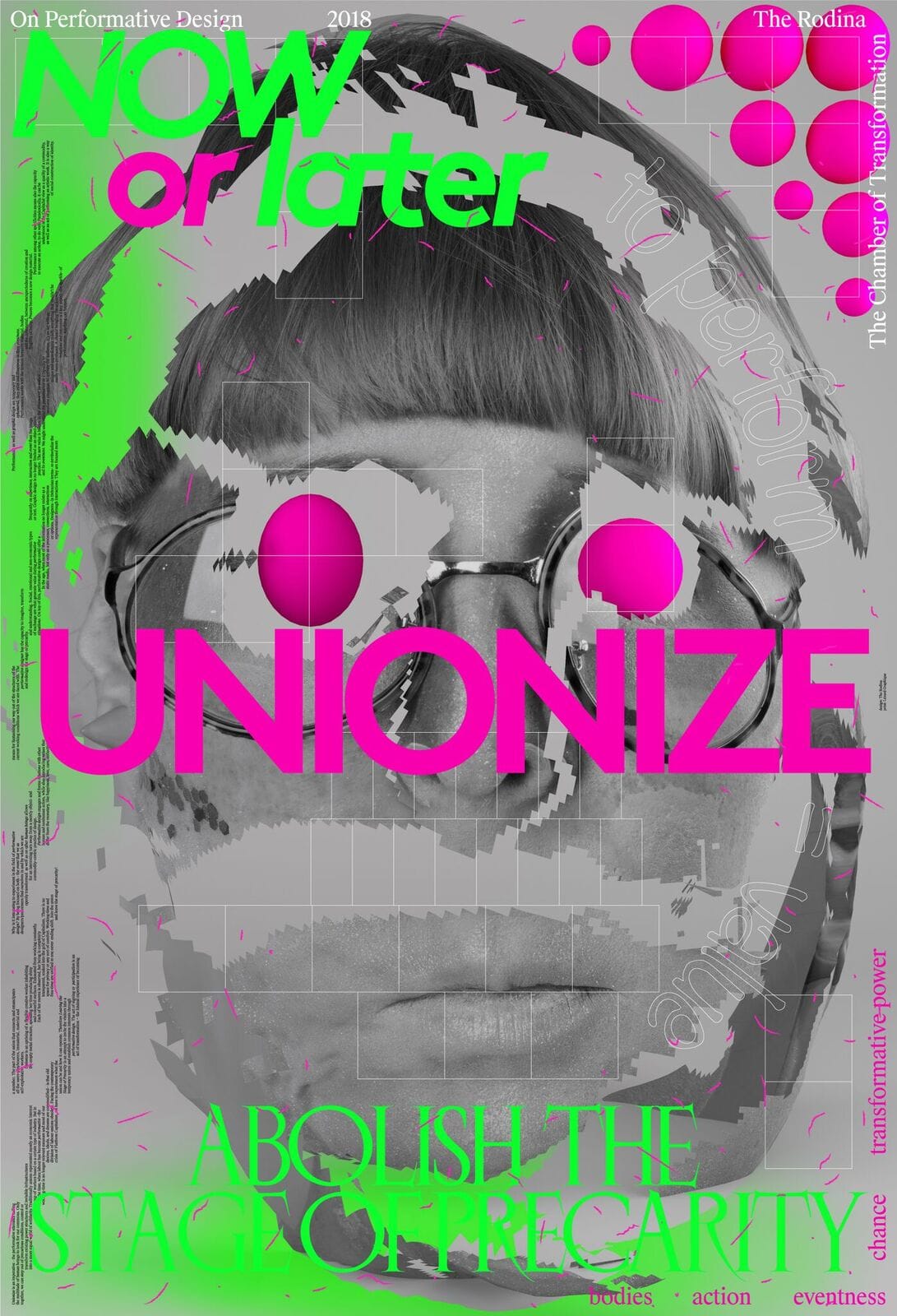
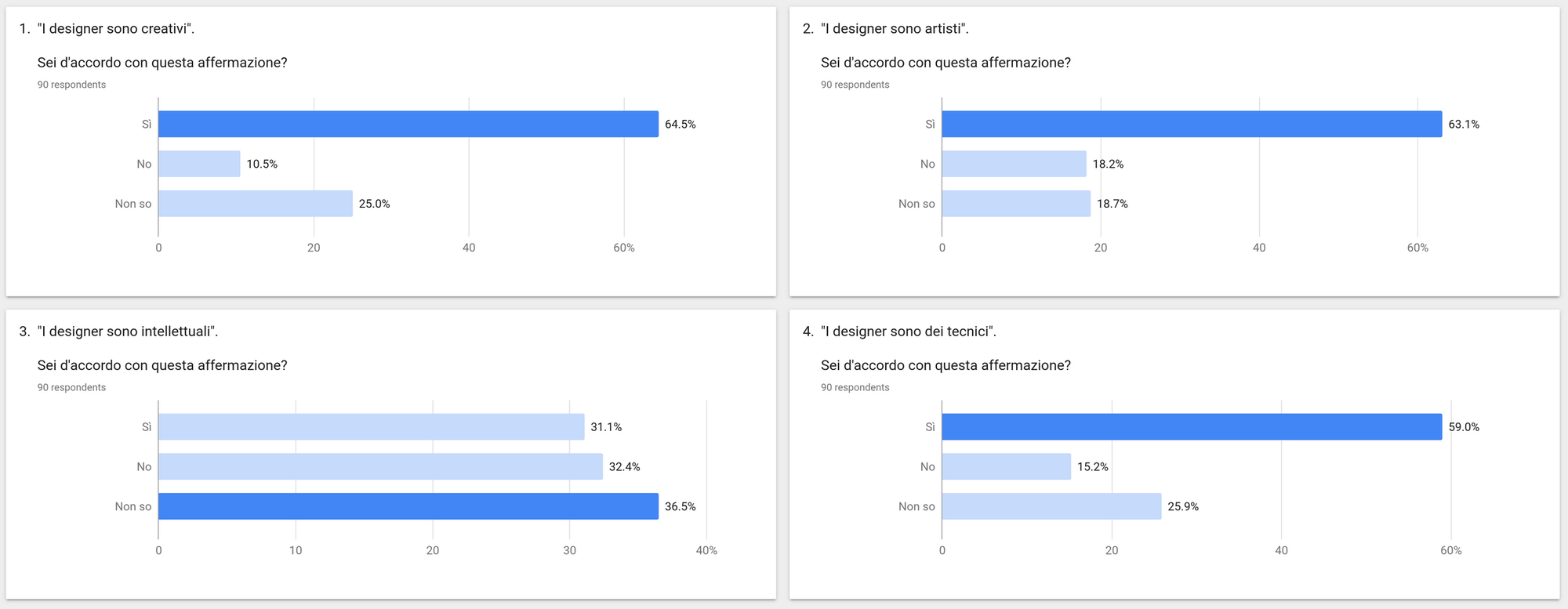
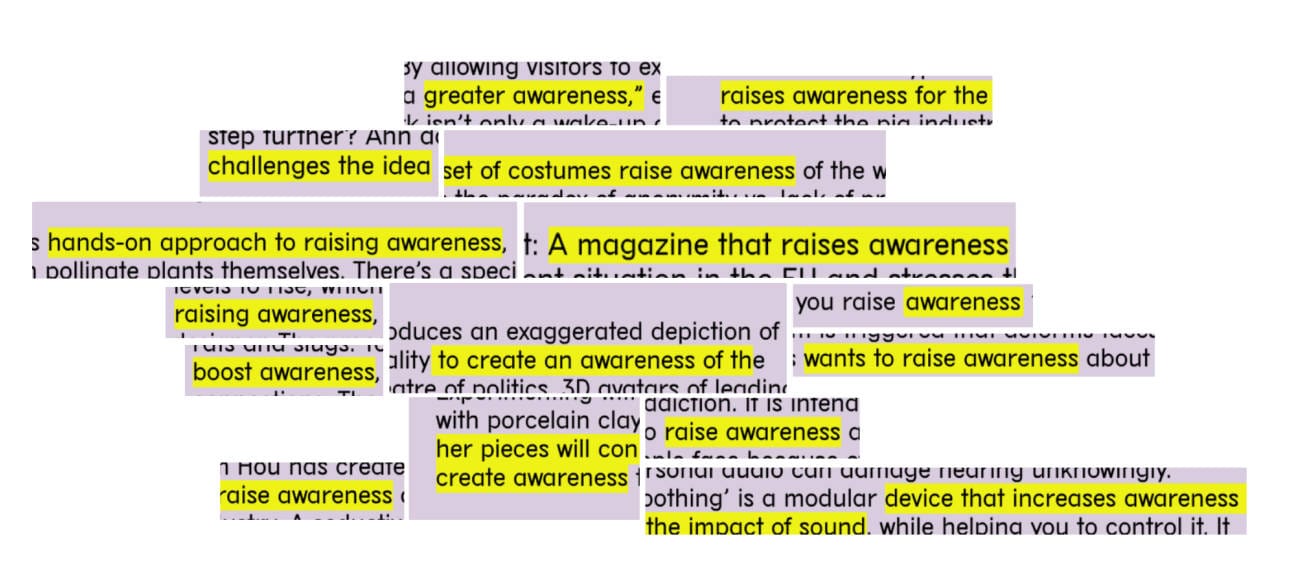

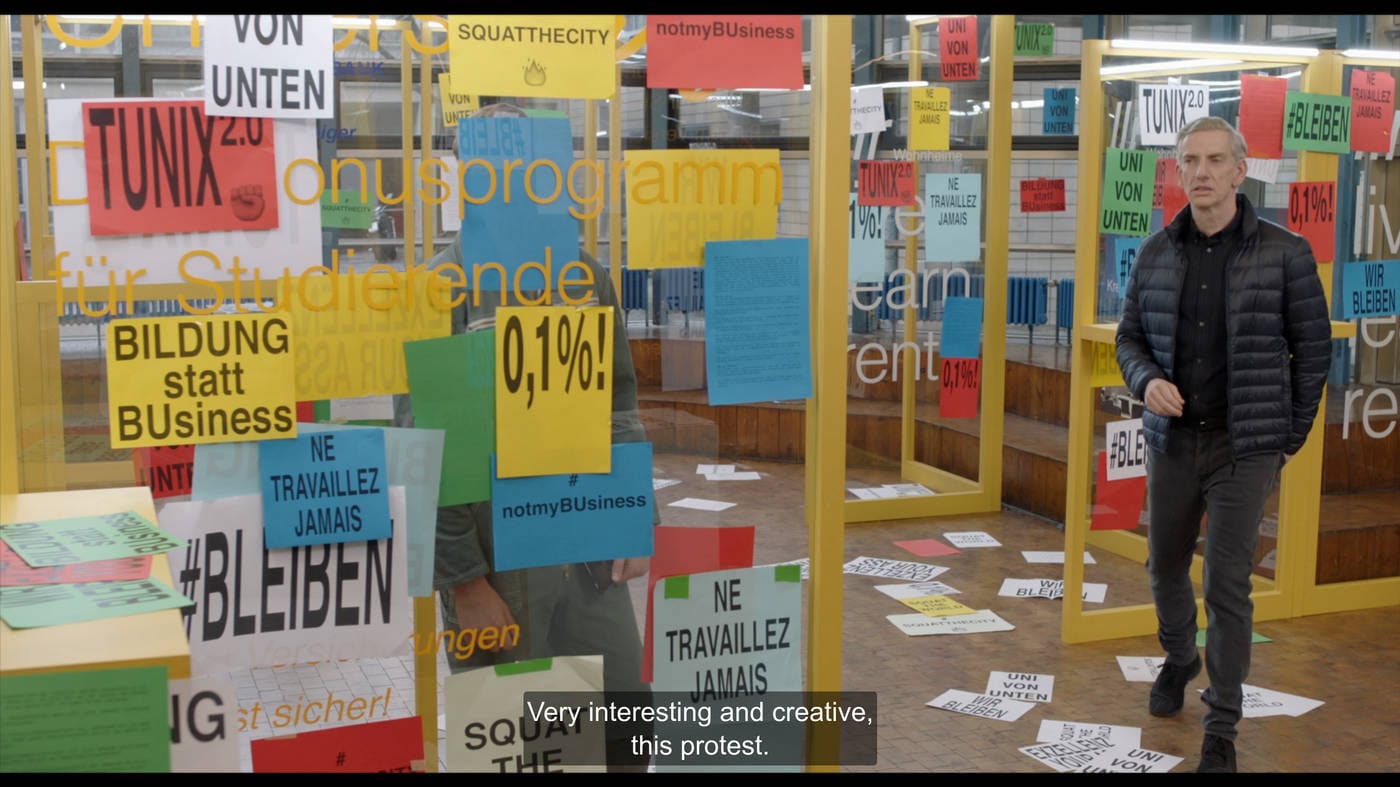
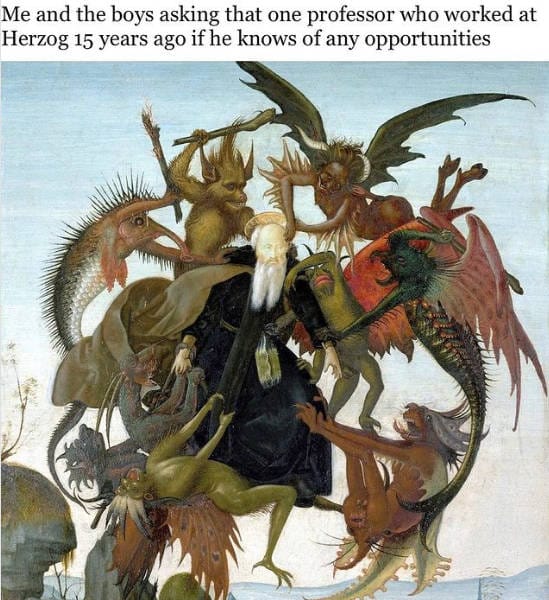

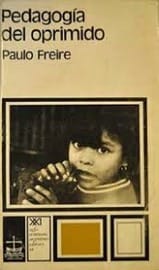 Pedagogy of the Oppressed
Pedagogy of the Oppressed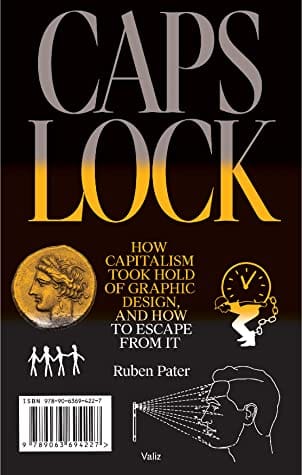 Caps Lock
Caps Lock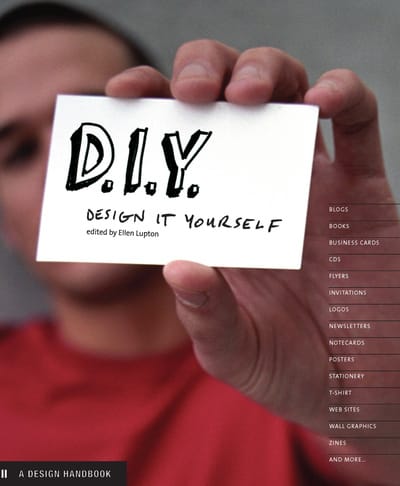 D.I.Y: Design It Yourself
D.I.Y: Design It Yourself The New Industrial State
The New Industrial State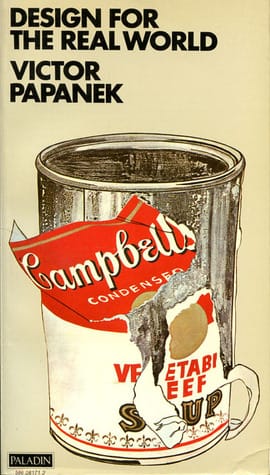 Design for the Real World
Design for the Real World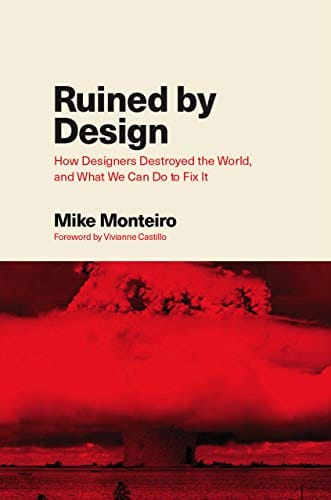 Ruined by Design
Ruined by Design